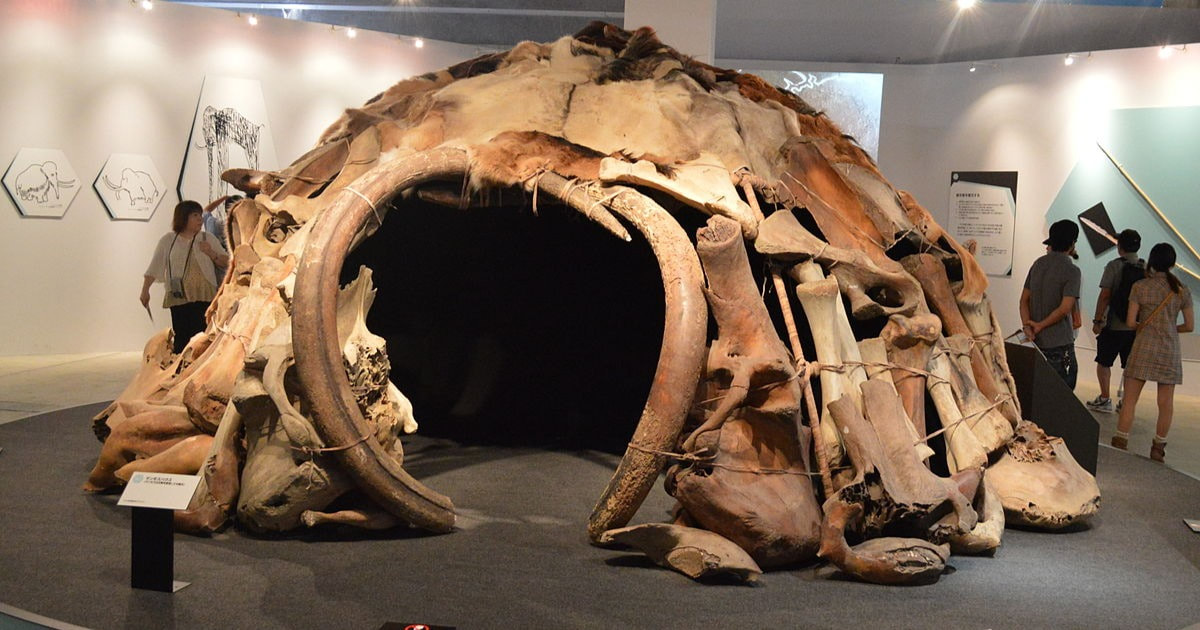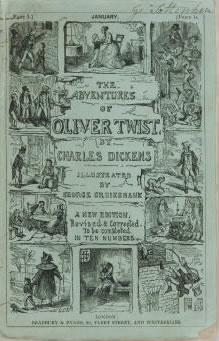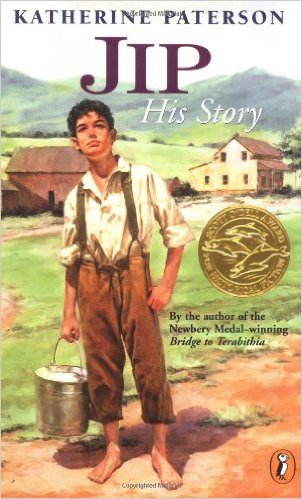
When many people think of Old English, they think of the writings of Shakespeare. While the Bard's language may seem old and difficult to understand, it is modern in comparison with real Old English. Click here to hear someone reading in Old English. I am willing to bet that few- if any- who do will be able to understand a single word.
Old English is the language of the Angles, who originated in the western area of what is now Germany. After they migrated across the channel, speakers called the area they settled Angeland, or Engeland, and their language Englisc. The language dominated the island from the 5th century until the 11th, when the Normans invaded, bringing their Norman French with them. The Normans became the lords and the Angles their servants, explaining why food often has Norman names while the animals, cared for by the servants, have Angle names. Beef is Norman in origin: Cow is Anglo. Mutton is Norman: Sheep is Anglo. The fact that Modern English is a mix of Old English, Norman, Viking (since they moved in, too!) and numerous other languages explains why English is such a difficult language in which to spell and pronounce words. Each language brought its own spelling and pronunciation rules into the mix.Old English writings began to appear the early 8th century. Few original copies remain. One long epic poem, which may be the oldest surviving long poem in Old English, was bound into a collection called the Norwell Codex. This poem, which had no title, has come to be called by the name of its hero, Beowulf. It is considered one of the most important works of Old English literature.
The poem tells how Beowulf leaves Geatland, in what is now Sweden, to help Hrothgar, the king of the Danes. The story was considered just a story for many years. However, many of the characters appear in registers and legal documents of the 6th century. Archaeological excavations in Lejre, Denmark, the traditional location of Heorot, uncovered three halls, each about 160 ft long, that had been built in the middle of the 6th century, the time period of the Beowulf story.
| |
It appears that the people and places depicted in Beowulf are real, and the background information about politics, family feuds, and migrations patterns are based on fact. But some elements of Beowulf come from a much earlier time. For instance, while the Scandinavian peoples had been converted to Christianity by the 6th century, many of the themes in Beowulf remain pre-Christian.
Other elements suggest the story might hearken back to an earlier time, and the political elements are a later overlay to a story that might have been passed down through countless generations.
The name of Hrothgar's mead hall, for instance, is Heorot, which translates as Hart's Hall. Could the original hall have been constructed of the bones of the giant elk that roamed Europe at the end of the last Ice Age? Similar shelters, made of mammoth bones, have been found in Ukraine.

A hut made from mammoth bones. Why not have a hall made with the bones of giant elk?
And what about Grendel, the monster that Beowulf destroys? The poem calls him a fallen son of man. Might Grendel have been something distinctly man-like, yet different enough to cause discomfort? might Grendle have been a Neanderthal?This is the scenario I present in my novel, The Last Song of the Swan. I am not the first to associate Neanderthals with the Beowulf story. Michael Crichton did so in his 1976 novel, Eaters of the Dead. The difference between his novel and mine is that Crichton's novel is set in the tenth century and is structured as the journal of an Arab who visits the Rus, and early Russian people who are battling with a remnant group of Neanderthals who have managed to avoid extinction. My novel is set at the end of the last Ice Age, when Neanderthals and Humans coexisted in Europe. A second story line in Swan Song mirrors the action of the Paleolithic narrative, but is set in modern times. If the scribe who originally took the ancient story of Beowulf and modified it to reflect life in 6th century Europe, why can it be updated again to today?
Jennifer Bohnhoff writes novels that are set in, or inspired by history. For more information about her or her writing, go to her website. | |












